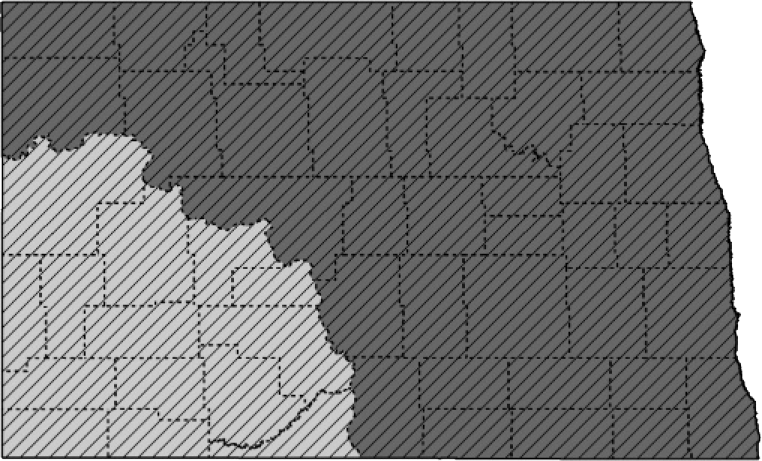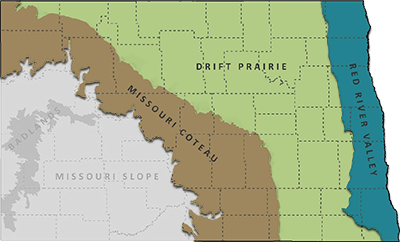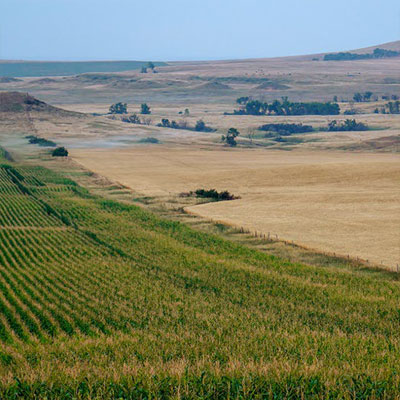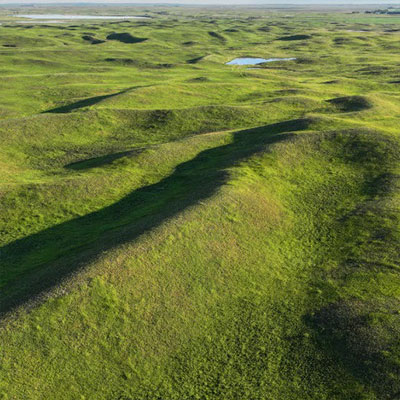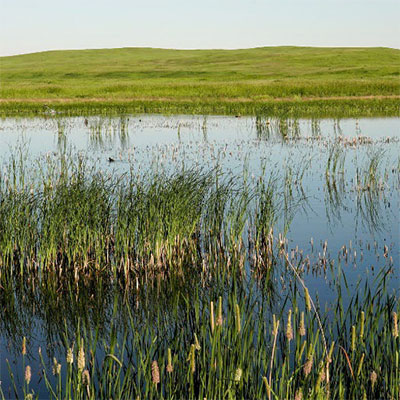American Golden-Plover
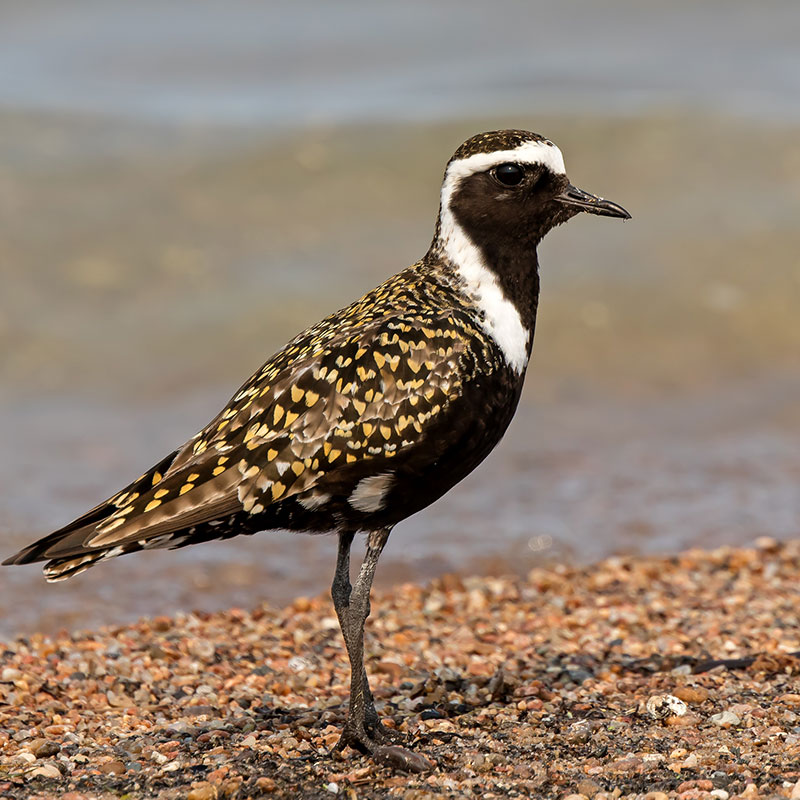
Photo Credit
Adobe Stock
SGCN
Nongame
Common Name
American Golden-Plover
Scientific Name
Pluvialis dominica
Taxon
Birds
Subtaxon or Group
Shorebird
Description
L 10.5”, WS 26”, 5 oz. Breeding/spring plumage: black breast and belly, golden yellow spots on back. Fall/nonbreeding plumage: lack black breast and belly, yellow spots fade to white.
Status in North Dakota
Migrates through North Dakota in mid-April to late May and early August to early November.
Reason for SWAP Designation
- Regionally or globally imperiled, at-risk based on expert review (SGCN a., c.).
- The peak week for American Golden-Plover migration in ND (~4-Oct) hosts >15% (16.62) of the global population.
- The American Golden-Plover population is suspected to be slowly declining.
Threats
- Loss and degradation of grasslands.
- Loss of wetlands, drainage and wetland consolidation.
- Loss of habitat on the breeding and wintering grounds and amplified effects of climate change in arctic habitats.
- Classified as climate-threatened, American Golden-Plover is projected to lose more than half of its current distribution by 2080, with potential net gains of new areas (Audubon).
- Hyperabundant geese populations alter tundra habitat and may limit the availability of nesting habitat for artic-breeding shorebirds.
- Increasing applications of agrochemicals and adverse impacts to water quality, the wetland vegetative community, and the aquatic invertebrate community. American Golden-Plover may be exposed to high concentrations of synthetic insecticides in non-buffered cropland ponds during the spring migration.
- More frequent or intense harmful algal blooms.
- Aquatic nuisance species spreading and damaging wetland ecosystems.
Research and Monitoring
- Habitat requirements and demographic studies have been broadly researched on the breeding grounds.
- Information lacking on migration strategies, stopover sites, and wintering behaviors.
- Multiple large-scale shorebird monitoring programs are key sources of information on distribution and population trends.
- However, minimal focus has been directed at research or monitoring migrant shorebirds in ND.
Management Recommendations
- Maintain wetland complexes.
- Conserve shallow, working wetlands in cropland.
- Plant vegetative buffer strips around wetlands in cropland.
- Protect and conserve intact tracks of native prairie/unbroken grassland and maintain grazing operations.
- Identify and target high priority landscapes, habitats, and stopover sites for protection.
- Burn, mow, and graze grasslands to provide areas of shorter, sparser vegetation.
- Conscientious and appropriate application of agrochemicals.

